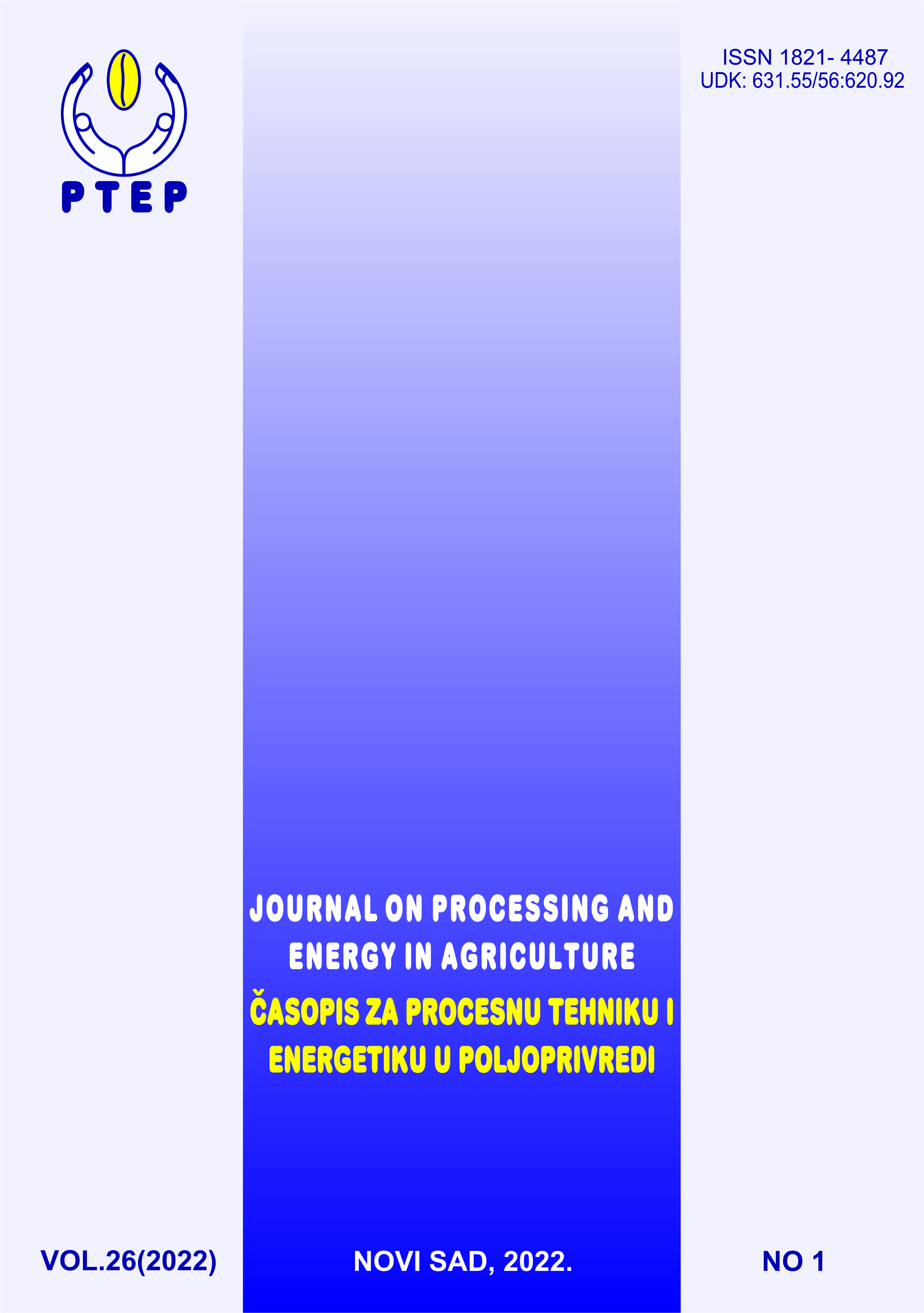MOLECULAR DETECTION OF FUSARIUM INFECTIONS IN WHEAT - A MEASURE OF QUALITY ASSESSMENT
Abstract
The aim of this paper was to evaluate 50 wheat samples collected from different western Romanian locations based on microbiological, molecular and toxicogen assays to determine their correlation when species of the genus Fusarium were analysed. The presence of toxins determined by biochemical ELISA (Enzyme-Linked Immunosorbent Assay), the DNA analysis based on PCR (Polymerase Chain Reaction) and even accurate species identification using specific gene sequencing were used to evaluate the fungal early infection,. Considering that in Romania the prevalence of Fusarium graminearum and Fusarium proliferatum infections is the most important, it can be stated that the screening with primers specific to fungal species ensures a preliminary test for fungal infection identification before performing the test for mycotoxins.
References
REFERENCES
- Alexander, N. J., McCormick, S. P., Waalwijk, C., Van der Lee, T., and Proctor, R. H. (2011). The genetic basis for 3-ADON and 15-ADON trichothecene chemotypes in Fusarium. Fungal Genet. Biol. 48, 485-495
- Bozac, P., Popescu, , Botau, D., Boldura, O.M., Pirvulescu, P. (2016) Molecular Characterization for some new Fusarium Isolates Collected from the West Part of Romania, Romanian Biotechnological Letters, Vol. 21, No. 3, 11560-11568.
- Geiser, D.M., Jimenez-Gasco, S., Kang, I., Makalowska, N., Veeraraghavan, T. J., Ward, N., Zhang, G., Kuldau, and O’Donnell K.. (2004). FUSARIUM-ID v. 1.0: A DNA se-quence database for identifying Fusarium. European Journal of Plant Pathology 110, 473-479
- Jurado M, Vazquez C, Patiño B, Gonzalez Jaen MT (2005). PCR detection assays for the trichothecene-producing species Fusarium graminearum, Fusarium culmorum, Fusarium poae, Fusarium equiseti and Fusarium sporotrichioides. Systematic and Applied Microbiology, 28, 562–568
- Mesterhazy, A. (2002). Role of deoxynivalenol in aggressiveness of Fusarium graminearum and F. culmorum and in resistance to Fusarium head blight. Eur. J. Plant Pathol. 108, 675–684,.
- O’Donnell, K., Ward, T.J., Geiser, D.M., Kistler, H.C., Aoki, T. (2004). Genealogical concordance between the mating type locus and seven othernuclear genes supports formal recognition of nine phylogenically distinct species within the Fusarium graminearum clade. Fungal Genet. Biol. 41, 600-623.
- Ward, T.J., Bielawski, J.P., Kistler, H.C., Sullivan, E., O'Donnell, K. (2002). Ancestral polymorphism and adaptive evolution in the trichothecene mycotoxin gene cluster of phytopathogenic Fusarium. Proceedings of the National Academy of Sciences, 99, 9278-9283
- Yli-Mattila, T., Gagkaeva T., (2010). Molecular chemotyping of Fusarium gramineaum, F. culmorum and F. cerealis isolates from Finland and Russia. In Gherbawy Y., Voigt K., (eds.).Molecular Identification of Fungi, Springer Verlag, Berlin, Germany.

